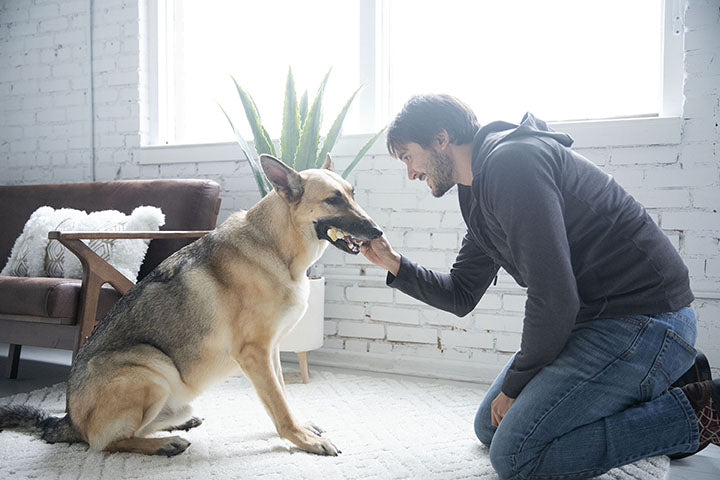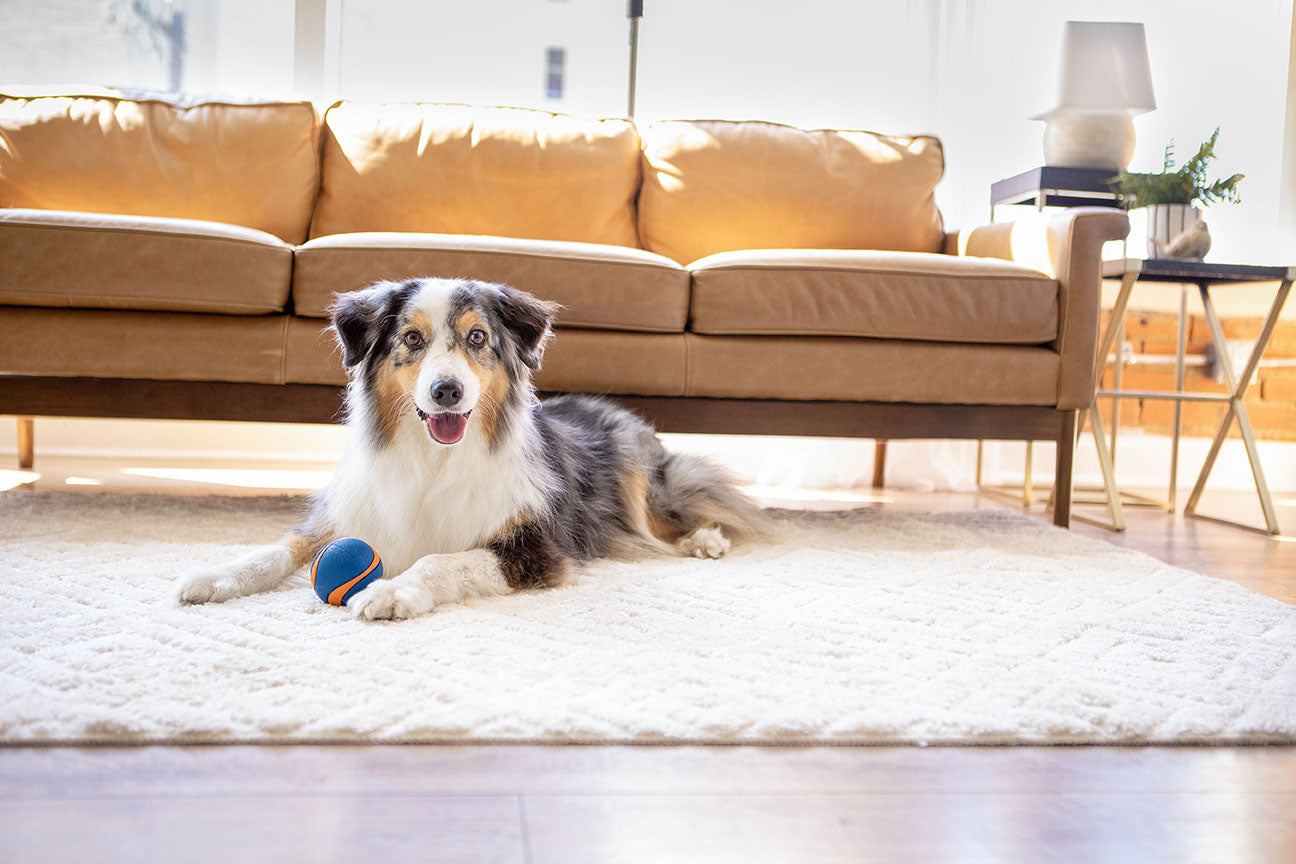Pet Overpopulation

According to the Humane Society of the United States, about 2.4 million healthy, adoptable cats and dogs – about one every 13 seconds – are put down in U.S. shelters each year. Despite this disheartening fact, pet overpopulation is still prevalent in America as it’s often overlooked by many pet parents. Thousands of precious cats and dogs occupy shelters all across the US, often awaiting their demise. So what is the solution to pet overpopulation? It’s simple – as pet parents we must have our pets spayed or neutered. In this way, we can help to effectively manage the pet population year-round.
“Pets are a big responsibility, always do your research before adopting”
Adoption Matters
If you’re an animal lover and you’re curious about where to adopt your first pet, you’ll want to adopt your furry friend from a shelter, not a pet store. While pet stores are often glamorized on TV commercials and in magazines as the best place to adopt your pet, local shelters struggle with trying to match dogs and cats with loving pet parents. Shelters are a wonderful option to consider when it comes to pet adoption. These overlooked facilities offer inexpensive adoption fees and often include the spay/neuter procedure in the cost of the adoption. Also, the dogs and cats that occupy shelters are more stressed due to the overcrowded quarters and the anxious tension, which is all the more reason to rescue a dog or cat from the shelter and into your home.
Help Put an End to Pet Overpopulation
The American Humane Association offers some great tips on how you can help put an end to the pet overpopulation dilemma, one pet at a time:
Tip #1: Spay or neuter your pet
Tip #2: Adopt your pets from a shelter or local rescue group
Tip #3: Educate and inform others of pet overpopulation and what they can do to help
Tip #4: Consider your lifestyle and whether or not you would be a great candidate to adopt a pet
Together, We can Make a Difference
Of course getting your pet spayed or neutered is just one part of the equation; you must also ensure that your pet receives annual checkups and vet visits for optimal health and well-being. Imagine if everyone does their part to manage the pet population. Animal shelters would be cleaner, healthier and the shelter workers could provide more personal attention to each animal. Oh, and imagine the smiles on each dog and cat’s face!
Take time today to make a difference in an animal’s life by following these practical tips above. Together, we can put an end to pet overpopulation. Remember – it starts with YOU!
Sources:
Previous article

Next article

Related posts
View all-

National Dog Week: 7 Fun Ways to Celebrate with Your Pup
The last full week of September marks National Dog Week: a tradition going strong since 1928. Founded by Captain William Lewis Judy, this celebration was created to promote responsible dog ownership, reduce the number of stray dogs, and honor the incredible role dogs play in our lives.
Read Article -

How to Prep Your Pet for Fall: Grooming and Wellness Tips
As the days grow shorter and the crisp air settles in, our routines naturally shift; long walks become brisk outings, and cozy nights become the norm. Like us, pets feel these changes. Helping them ease into the new season ensures they stay happy, comfortable, and healthy.
Read Article -

Vet-Approved Benefits of Fetch: How Play Supports Your Dog’s Health & Happiness
Whether it’s a spontaneous backyard sprint or a structured game of fetch, movement is one of the most powerful ways to nurture the bond between pets and their people.
Read Article



